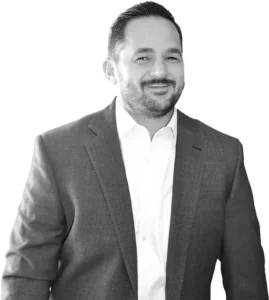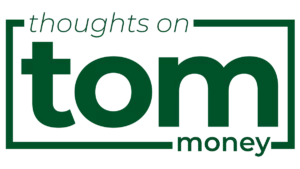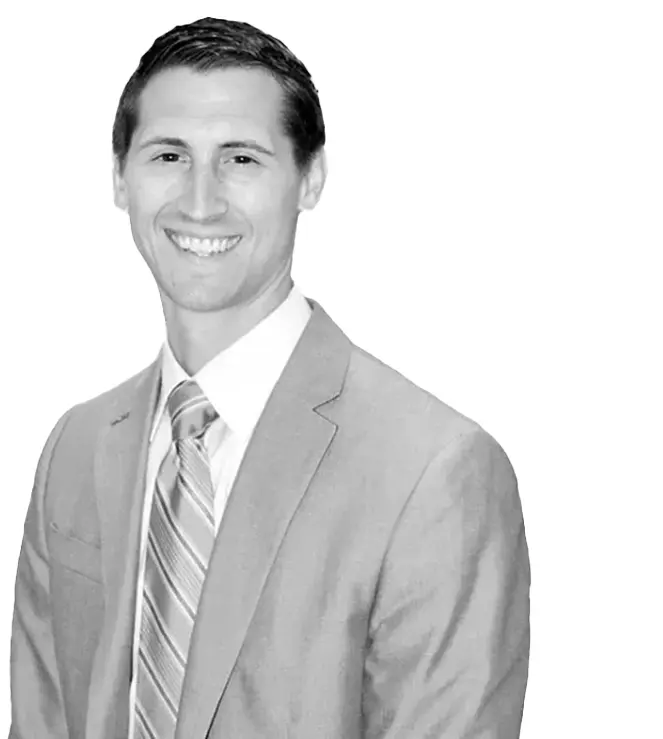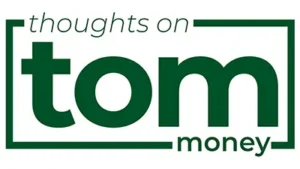We are all creatures of habit. We have our routines and disciplines that we have grown accustomed to. A lot of these practices have become our default “mode of operation,” and we don’t even always know why we are doing what we do – it’s just how we’ve always done it.
The world around us is ever-changing. Our environment is never constant. Think about changes on our planet, happening every day. Some have, according to many scientists, even caused some animals to go extinct, as they failed to acclimate to changes that were happening around them.
We have financial habits, routines, and preferences. Yet, all around us, we have a financial ecosystem that is evolving and changing.
You don’t need to go much further than the headline of this Bloomberg opinion piece entitled, Fed Seen Holding Rates at Zero for Five Years in New Policy to illustrate how things are always in flux. We already know the Federal Reserve has signaled these current zero bound rates for the next couple years, and maybe this reality will stretch further. Many economic pundits use even more dramatic language describing this “lower for longer” projection as a generational expectation, citing countries like Japan as an example of what’s to come. Is this a truth that we can expect to happen? Or will something else impact (change) what the outward signs are showing? Are interest rates truly going to remain the same as the Fed is stating?
Let’s spend our time on TOM today discussing what deeply ingrained financial habits and beliefs we might need to adjust or challenge to adapt. I’ve heard it said, “We first make our habits, then our habits make us.”
(1) The Risk Survey
At the inception of a new client-advisor relationship, there is usually a risk survey that is conducted. It is an age-old practice that helps an advisor to better understand the risk tolerance of their client. The goal is to find out what type of volatility – fluctuations in the value of the portfolio – an investor is willing to withstand to achieve their financial goals. By staying within an investor’s “comfort zone” one increases the likelihood that they will be able to “stay the course” of the financial plan and not make panic adjustments to the investment during troubling times.
From these risk surveys, we derive these financial monikers of conservative, moderate, or aggressive. By the way, I’ve always taken issue with these descriptors, as the definition and application of each are very much in the eye of the beholder, but I digress. We’ve also, in finance culture, adopted what is known as the “traditional” retirement portfolio, commonly referred to as the 60/40 portfolio. An allocation of 60% stocks and 40% bonds.
The 60/40 retirement assumption is a perfect example of a belief that may need to be challenged based on the environment we find ourselves. This traditional allocation to bonds – nearly half of one’s portfolio – can make it mathematically difficult or impossible to solve for one’s financial plan/projections/goals based on the current yield (interest rate) of those bonds.
What am I saying here? Is the conclusion that an investor may need to consciously adjust their own risk tolerance and be willing to accept more volatility to meet the objectives of their financial plan? Yes. An investor should review their portfolio with their advisor and discuss realistic return expectations of the portfolio based on the current allocations and confirm that this portfolio is fitting based on the goals outlined. This conversation should also invite a review of realistic expectations around volatility; one should always know what “worst-case-scenario” looks like and try their best to also acquaint themselves with what this might feel like if they are expected to endure this in the future.
Have you adapted your risk tolerance to match the current environment we find ourselves in?
(2) Cash Allocations
All of us have our own preferences around how much cash we like to keep on hand. You have a habit of looking at your account with an expectation of a certain dollar amount you like to see. It’s the idea that if an emergency arises or that rainy day event occurs you are prepared to weather it.
There is a certain level of peace that comes from having this account and you’ve built a strong affinity for merely having this account around. Here’s what the is difference is though – this account used to provide you a small reward for having it, in the form of an interest rate. It was almost like a financial attaboy recognizing you for your prudence and preparedness. Seems almost criminal to have that reward stripped away, but it is the environment we find ourselves in.
Again, we are challenged with reprogramming or reframing our mindset around another familiar routine – our cash allocations. To understand how to pivot here, first, one must get back to the purpose or reason for this allocation. Yes, we’ve grown comfortable having this standard cash allocation over time, but what was it’s original purpose in one’s financial plan? It was to provide easy-to-access money with a stable value if a need were to arise and a nominal return to at least help one retain buying power (inflation). In financial terms, you wanted liquidity and yield – liquidity is the ease of access to that money and the yield describes the interest accruing on that money.
So, is there an alternative solution to this historical and familiar approach to your cash allocations? I believe there is and this is the type of solution that should be customized for the particulars of your situation alongside your advisor. The idea is that you provide an approach that meets these objectives of liquidity and yield with perhaps some other investment instruments.
(3) A Balanced Sheet
One area of personal finance that is surrounded by strong opinions and deeply ingrained beliefs is around borrowing. In some circles, it is regarded as the highest level of accomplishment to arrive at a place where one has paid off all debts. In other circles, individuals find themselves enslaved by debt and their cash flow has become overburdened with interest expense payments. Somewhere between these two extremes, I believe we can find the right balance of how debt (liabilities) can work for you.
One must recognize that we are in an environment that is very enticing and friendly to the borrower – interest rates are at historical all-time lows. We must not let this reality overtake us like a drug addiction but learn to harness this financial tool to our benefit.
To my friends that relate debt with being evil, I remind you that at the core of finance is the balance sheet, which is a culmination of assets and liabilities. There is a balance to be found where one can prudently use borrowing to their benefit. To my friends that have become addicted to debt, I remind you that the balance sheet is intended to maintain balance, so if you’ve found yourself overweighted in liabilities make a plan to build up the asset side of your balance sheet.
To all of us, this means that we need to revisit our financial plan and review the goals we’ve set for ourselves. Those goals may range from covering college tuition to buying a lake house. We need to reassess each of these goals and decide what is the best funding source – is it borrowing? Is it selling an asset to fund the goal? Or maybe a hybrid of both. These decisions are important and should always be made by viewing all the options available and weighing the pros and cons of each against one another. We can’t be narrow-minded, we must objectively assess each obstacle or opportunity to determine the optimal solution. And “optimal” must account for both the qualitative and quantitative factors of each opportunity.
Routine Maintenance
We started out today’s topic discussing our habits and routines. How the familiar becomes the normal and how it can sometimes take a Herculean effort to break from those routines.
The advice I leave you with is just as your car requires routine maintenance to function and serve its purpose, your financial routines also require maintenance to serve the purposes you’ve set for them. You must take your routines and sometimes think outside the box, review them in a new light, remind yourself where they came from, why they are there, and if they still FIT based on the current environment. This exercise is not meant to be tackled alone, but one you should conduct alongside your advisor.
And that will close out our conversation this week here on TOM. We will be back next week with more Thoughts On Money.







